Science Education
Julie Garbutt: jgarbutt@srprestonwest.catholic.edu.au
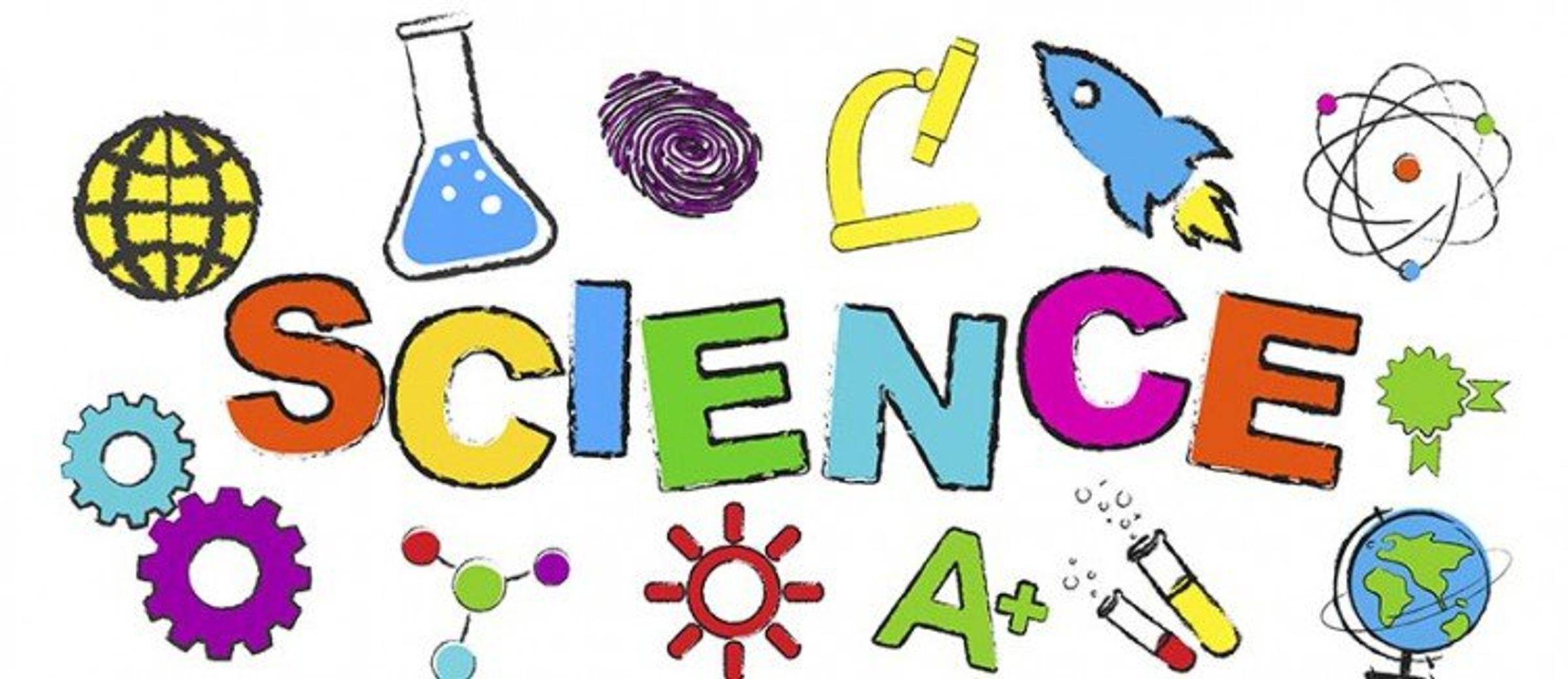
Science Education
Julie Garbutt: jgarbutt@srprestonwest.catholic.edu.au
Foundation students are learning about how the weather affects our lives.
Students learnt that closely observing the sky can help us predict the weather. Students closely observed the sky paying particular attention to the cloud cover in front of them, behind, to the left and right. Students discussed different ways to describe the amount of cloud cover, then drew and wrote about the cloud cover they observed.




In week 4, students observed and discussed what the air feels like and why this might be so. Students learnt the term temperature is a way to describe how hot it is, and made their own temperature tool.
Students are learning that the Earth's resources, like water, are used in a variety of ways.
In week 3, students made a model to represent movement of water across the landscape. Students observed that water moves downhill, creates channels and collects in a puddle. Students also used the model to explore how a human made barrier (a dam) can slow and change the movement of water.
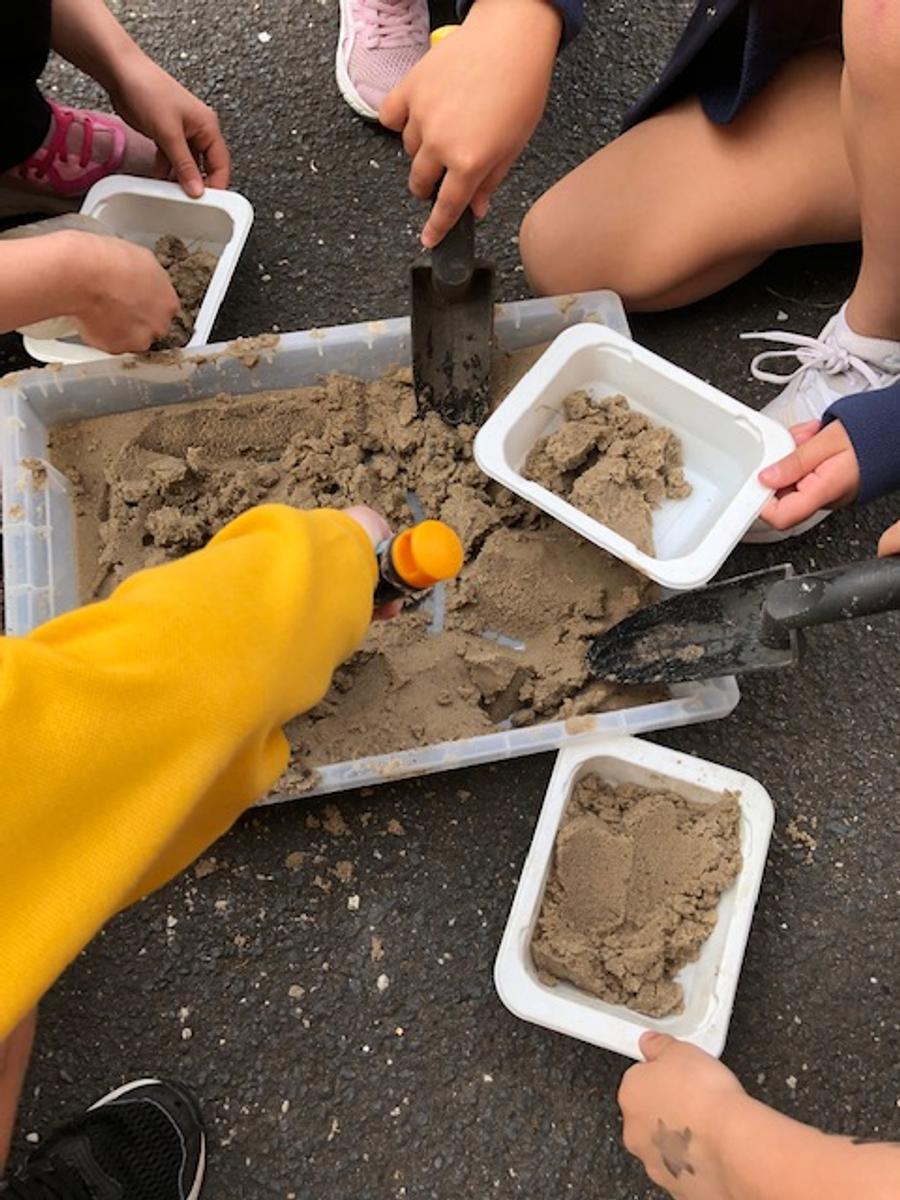
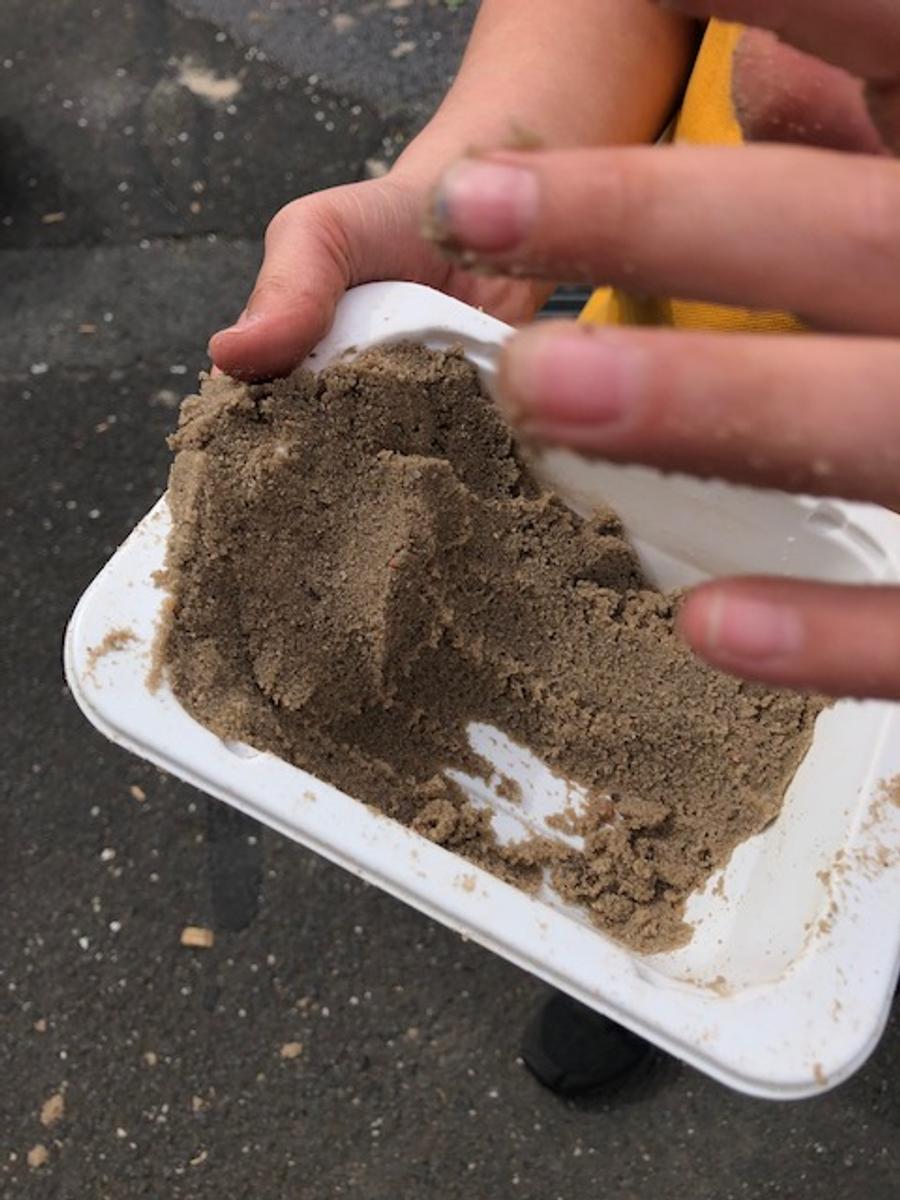








In week 4, students learn about the journey of water from its source to the tap.
Students have bought home a simple worksheet 'water detectives'. Students are asked to find four examples at home of water use, for example the fish tank or the bath, and record these on the worksheet (writing and drawing). Students are asked to return these to science for our lesson on Tuesday 8th November.
Students are learning that the Earth's surface changes over time because of natural and human processes.
In week 3, students investigated the question 'Are all rocks hard?'. Students tested the hardness of three different rocks, inspired by the Mohs scale. The results showed mudstone from Thornbury was the softest, whilst the river rocks were the hardest.
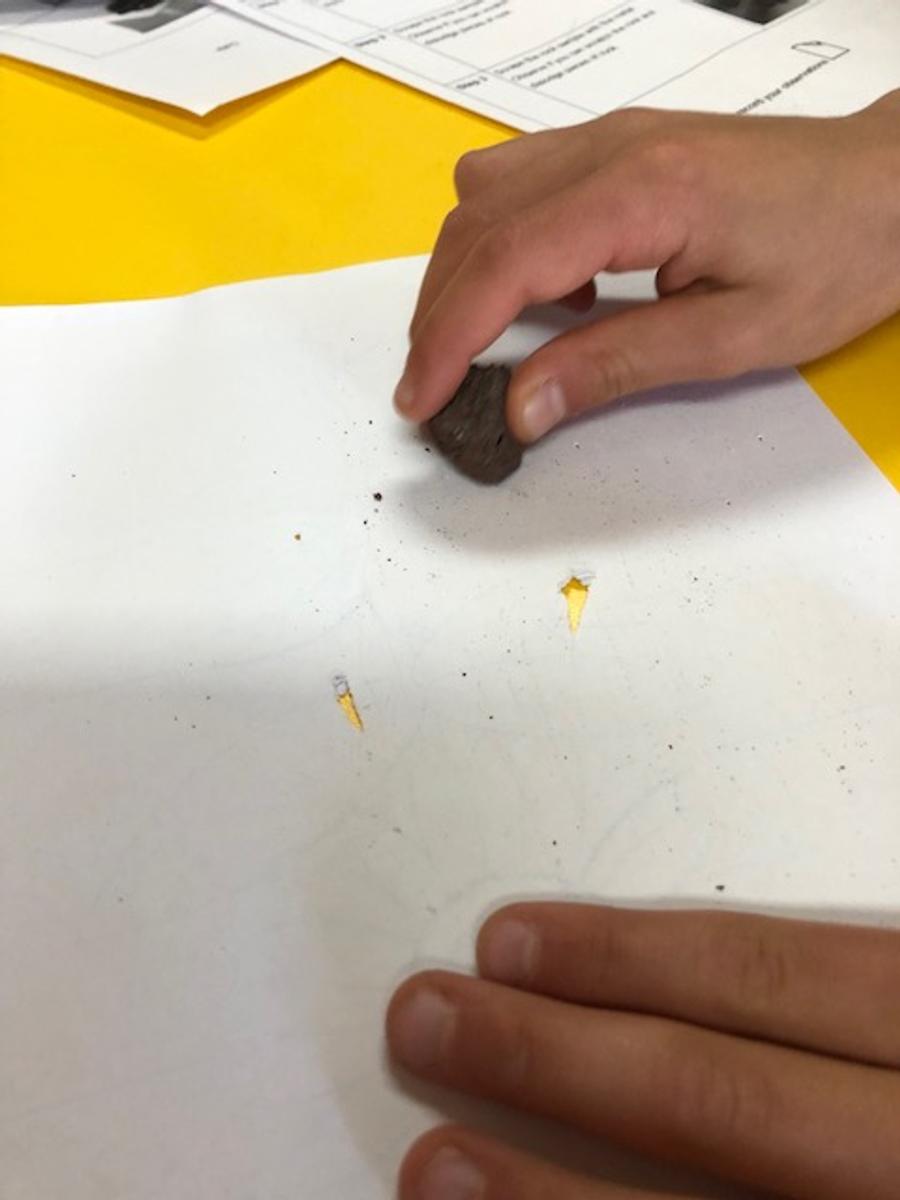







In week 4, students explored the question 'how do landscapes change over time?' by creating and using a model. Students created a model landscape using rocks and sand in a BBQ tray, then poured water on and observed the changes.
Students are learning that changes to materials can be reversible or irreversible.
In week 3, students explored changes to salt when it is dissolved in water. Students investigated how much salt could dissolve in 100 ml and 200 ml of water. Students then discussed if/how to reverse the change and remove the salt from the water.




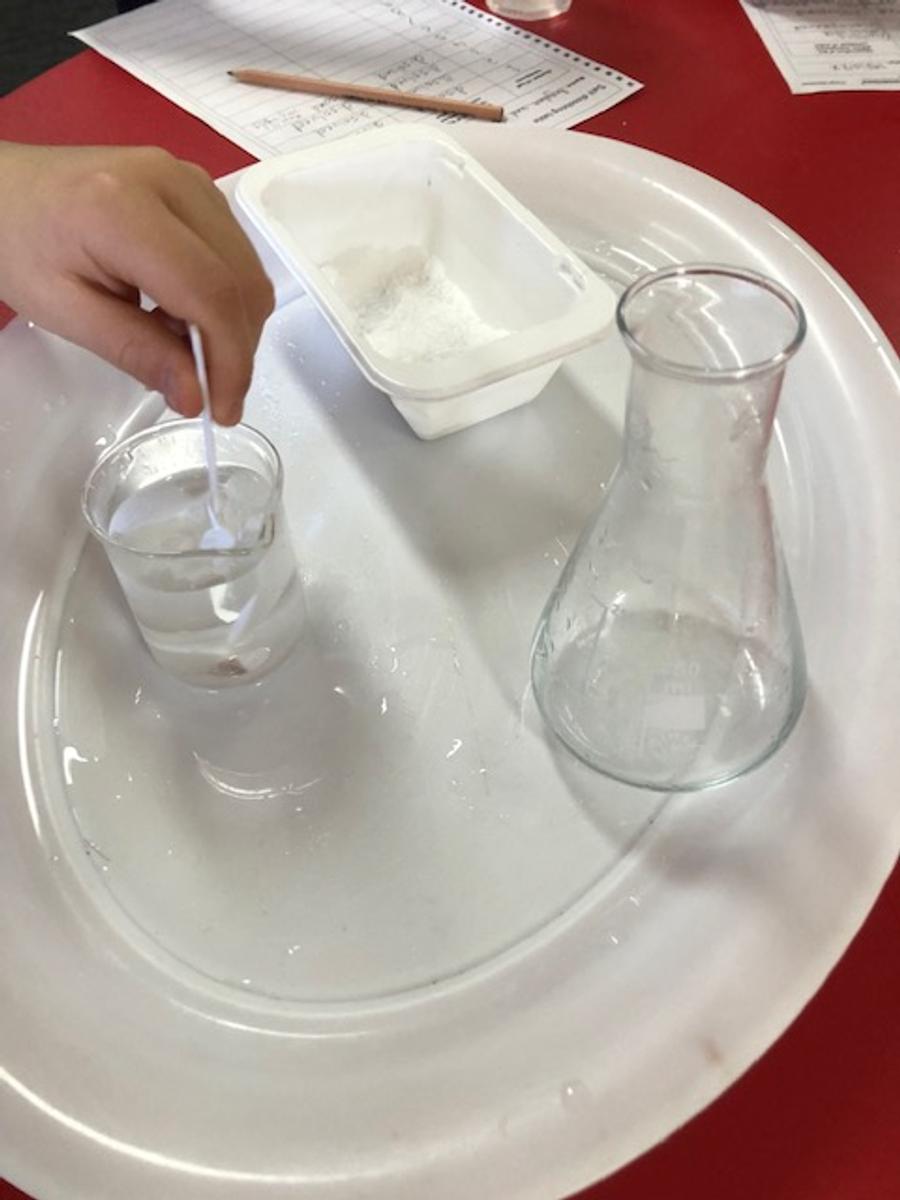





In week 4, with additional supervision and guidance, students safely explored changes to candles when alight and discuss if the changes are reversible or irreversible.